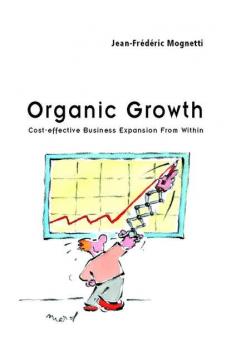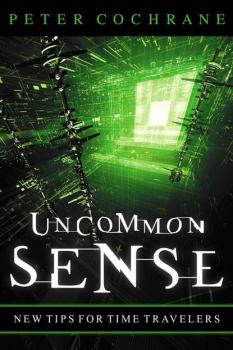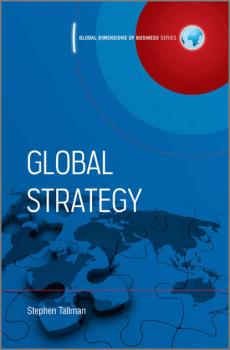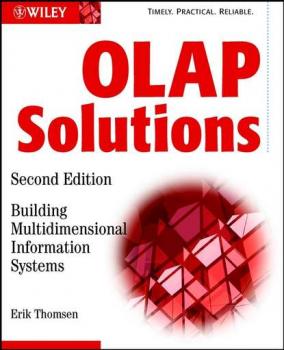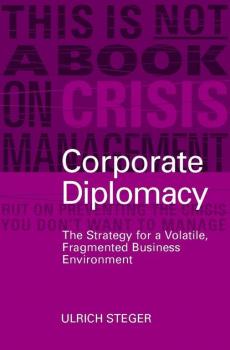Группа авторов
Список книг автора Группа авторовCredit Derivatives
The credit derivatives market has developed rapidly over the last ten years and is now well established in the banking community and is increasingly making its presence felt in all areas of finance. This book covers the subject from credit bonds, asset swaps and related ‘real world’ issues such as liquidity, poor data, and credit spreads, to the latest innovations in portfolio products, hedging and risk management techniques. The book concentrates on practical issues and develops an understanding of the products through applications and detailed analysis of the risks and alternative means of trading. Credit Derivatives: Risk Management, Trading and Investing provides: A description of the key products, applications, and an analysis of typical trades including basis trading, hedging, and credit structuring Analysis of the industry standard ‘default and recovery’ and Copula models including many examples, and a description of the models’ shortcomings Tools and techniques for the management of a portfolio or book of credit risks including appropriate and inappropriate methods of correlation risk management A thorough analysis of counterparty risk An intuitive understanding of credit correlation in reality and in the Copula model The CD in the back of this book includes an Evaluation Version of Mathcad® 12 Single User Edition, which is reproduced by permission. This software is a fully-functional trial of Mathcad which will expire 30 days from installation. For technical support or more information see http://www.mathcad.com.
Catastrophic Risk
Catastrophic risk is one of the most significant and challenging areas of corporate risk management. Analyze this risk for your company with Catastrophic Risk and make sure you have sufficient resources to absorb losses and avoid financial distress. The first comprehensive volume to address this topic from a financial perspective, this book is a guide to the worst financial risks threatening companies and industries today. Author Eric Banks begins with a consideration of ?catastrophe? and its mplications, looks at the state of actuarial and financial modelling of catastrophe risks, and discusses the creation of a risk management framework that will enable the efficient and secure management of exposure. Catastrophic Risk is essential reading if you're a corporate treasurer, CFO, or insurance/financial risk manager responsible for corporate risk management. Order your copy today.
Extraordinary Entrepreneurship
The 21st Century brings all new rules. Entrepreneurs are challenging conventional wisdom and thinking outside the box. One of the first challenges involves challenging the assumption that a business has to be big to be successful. While most of the 20th century heralded big businesses, it is clear that businesses no longer have to be big to do big business. Now it is possible for a handful of people to operate a global business from virtually any place on the planet. Today, the keyboard has overtaken the boardroom. Financial markets, alliances, and joint ventures have eliminated the need for entrepreneurs to put up substantial capital investments. Today's businesses are driven by ideas, innovation, and execution. This book will show entrepreneurs and business leaders will provide CEOs and entrepreneurs with the tools that they will need to become leaders in their market.
Organic Growth
A key concern today for all those involved in business development is how to grow your company not only faster but cheaper (or economically). Organic Growth is a rigorous new concept, grounded in a common sense, two-pronged approach, that is, companies can continue to pursue high-risk, high-reward growth strategies, but they should also be very aware of overlooked or sub-optimized opportunities for growth within their own company. This book is a guide to how to dynamically combine managerial and 'people' skills to unlock a hidden layer of corporate value.
Uncommon Sense
Peter Cochrane is one of our most far-sighted visionaries, and brings brilliant clarity and focus to our understanding of ourselves and our technologies, and of how profoundly each is transforming the other. -Douglas Adams, Author, The Hitch Hiker's Guide to the Galaxy In Uncommon Sense, Peter Cochrane's follow up to the radical 108 Tips for Time Traveller, Peter explains how very simple analysis allows the prediction of such debacles as the 3G auction and the subsequent collapse of an industry, whilst simple-minded thinking is dangerous in the context of a world that is predominantly chaotic and out of control. People balked when Peter suggested a wholesale move to eWorking, the rise of email and text messaging, and the dotcom regime mirroring the boom and bust cycle of the industrial revolution. His predictions of the use and growth of mobile devices and communication, or use of chip implants for humans to replace ID cards, passports, and medical records, or iris scanners and fingerprint readers – were all seen as unlikely. Today they are a reality. How then will the world react to his predictions as set out in Uncommon Sense of a networked world of distributed ignorance and sharing overcoming an old world of concentrated skill and control? To everything becoming 'Napsterised' in every dimension, where storage and processing power cost nothing, and become connected without the help of the old network companies? A world where individuals create their own networks, where laws of copyright and resale, and old business models have to be changed as giant industries are dragged kicking and screaming out of the 19th Century and into the 21st? Peter Cochrane poses and answers questions, suggests solutions, and raises red flags on issues that need to be addressed. Tables, diagrams, pictures and illustrations generously support all of the text, with the most difficult aspects illustrated by simulations and other material on a CD and links to a web site with an ongoing expansion of the themes addressed.
Global Strategy
This comprehensive volume from Wiley's Global Dimensions of Business series explores the topic of international strategic management at an MBA or Executive Education level. Authored by an accomplished teacher who possesses a strong understanding of the market, this text offers clear frameworks coupled with lively, international case studies. Written by an experienced teacher possessing a strong research profile and a clear understanding of the market. Emphasizes organizational competences and provides a direct bridge to the strategy frameworks and concepts essential to MBA and Executive Education programs. Focuses on capabilities, capability-building and knowledge, and highlights the distinction between input and leveraging in terms of capabilities. Reviews additional opportunities for making performance gains in the international environment and the additional complexity involved in managing in a global – rather than domestic – environment. All chapters include sections on essential reading, student questions, summaries, case examples, and ‘key terms.’
OLAP Solutions
OLAP enables users to access information from multidimensional data warehouses almost instantly, to view information in any way they like, and to cleanly specify and carry out sophisticated calculations. Although many commercial OLAP tools and products are now available, OLAP is still a difficult and complex technology to master. Substantially updated with expanded coverage of implementation methods for data storage, access, and calculation; also, new chapters added to combine OLAP with data warehouse, mining, and decision support tools Teaches the best practices for building OLAP models that improve business and organizational decision-making, completely independent of commercial tools, using revised case studies Companion Web site provides updates on OLAP standards and tools, code examples, and links to valuable resources
Corporate Diplomacy
Based on a wealth of empirical studies and case studies, this book explains the strategic choices companies have to make in order to remain consistent. In each chapter, real-life examples illuminate the key message managers should take away from the book. It offers a purely managerial viewpoint focused on what managers can do to manage the business enviroment in any situation.
Computer Forensics
Would your company be prepared in the event of: * Computer-driven espionage * A devastating virus attack * A hacker's unauthorized access * A breach of data security? As the sophistication of computer technology has grown, so has the rate of computer-related criminal activity. Subsequently, American corporations now lose billions of dollars a year to hacking, identity theft, and other computer attacks. More than ever, businesses and professionals responsible for the critical data of countless customers and employees need to anticipate and safeguard against computer intruders and attacks. The first book to successfully speak to the nontechnical professional in the fields of business and law on the topic of computer crime, Computer Forensics: An Essential Guide for Accountants, Lawyers, and Managers provides valuable advice on the hidden difficulties that can blindside companies and result in damaging costs. Written by industry expert Michael Sheetz, this important book provides readers with an honest look at the computer crimes that can annoy, interrupt–and devastate–a business. Readers are equipped not only with a solid understanding of how computers facilitate fraud and financial crime, but also how computers can be used to investigate, prosecute, and prevent these crimes. If you want to know how to protect your company from computer crimes but have a limited technical background, this book is for you. Get Computer Forensics: An Essential Guide for Accountants, Lawyers, and Managers and get prepared.
Space Race
Five years ago the world of agency communications turned upside down. Ogilvy introduced 360 degree thinking, Unilever formulated their ABC process, TBWA developed their Disruptive philosophy, and total communications planning was born. Now, total communications planning is being increasingly demanded by clients. The question is no longer where does the future lie, but how does an agency get there as quickly as possible? This book sets out to define the structure of tomorrow's agencies by interviewing the leading lights of the industry today. Jim Taylor, himself an experienced practitioner of Total Communications Planning, identifies common issues and themes to offer a set of likely scenarios for The Agencies of the Future.



